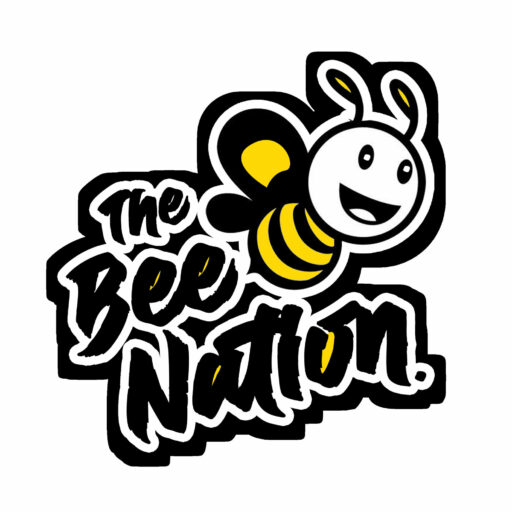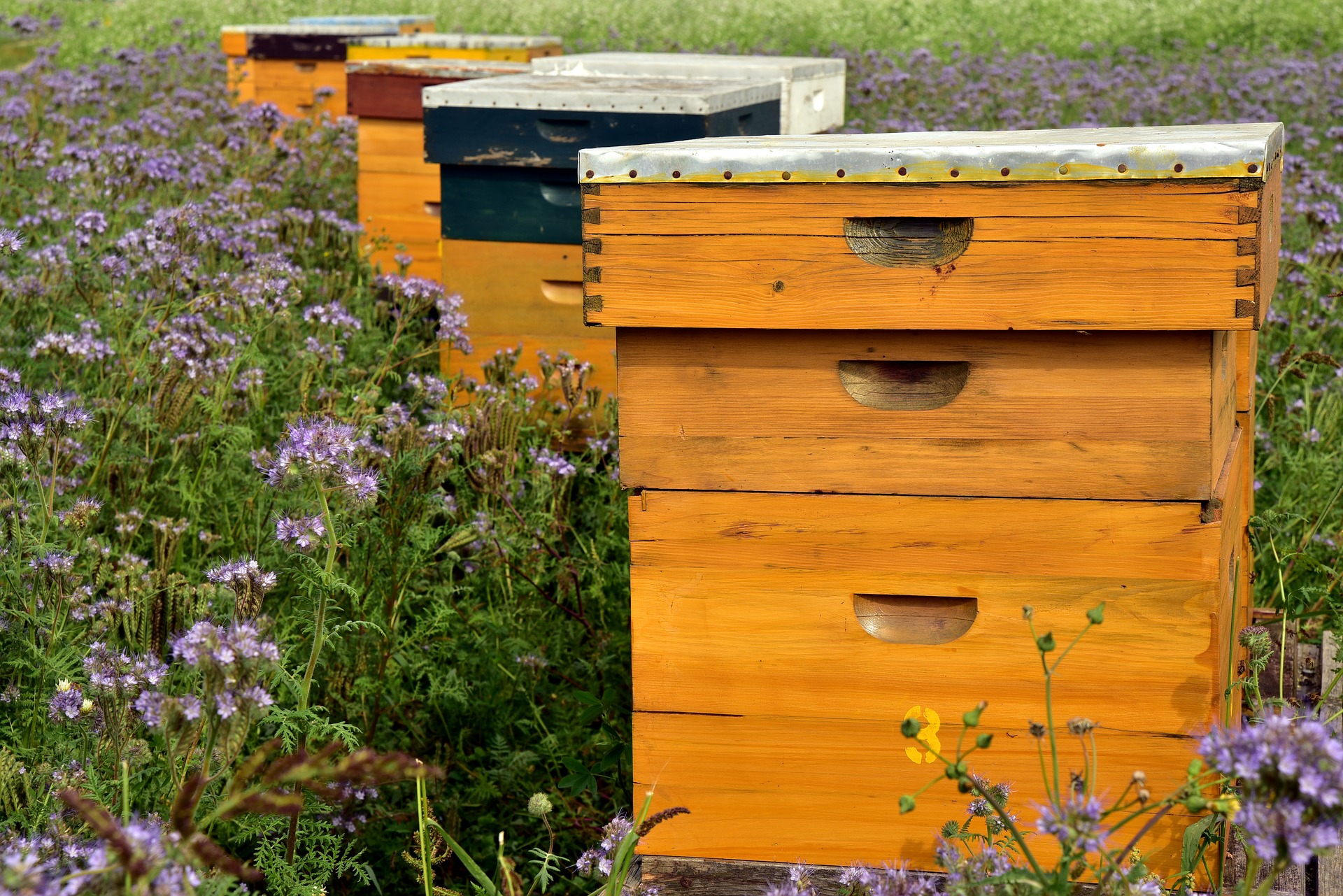The Langstroth beehive is a fundamental component of modern beekeeping, revolutionizing the industry with its innovative design and practical functionality. In this blog, we’ll delve into the fascinating world of Langstroth beehives, exploring their history, structure, benefits, and how to effectively manage them for successful beekeeping.
History of the Langstroth Beehive
Named after its inventor, Reverend Lorenzo Lorraine Langstroth, the Langstroth beehive was patented in 1852. Langstroth’s design incorporated movable frames, allowing beekeepers to easily inspect and manage bee colonies without disturbing the bees or damaging the comb. This breakthrough revolutionized beekeeping practices and laid the foundation for modern apiculture.
Structure of the Langstroth Beehive
The Langstroth hive consists of several key components, including:
- Bottom board: Provides a stable base for the hive.
- Boxes (or hive bodies): Stackable wooden boxes where bees build their comb and store honey.
- Frames: Rectangular wooden or plastic frames that hold the honeycomb and allow for easy inspection and manipulation.
- Inner cover: Protects the hive and provides ventilation.
- Outer cover: Shields the hive from the elements.
Benefits of the Langstroth Beehive
The Langstroth hive offers several advantages for beekeepers:
- Scalability: The modular design allows beekeepers to add or remove boxes as needed, accommodating the growth and expansion of bee colonies.
- Easy Inspection: Movable frames enable beekeepers to inspect the hive, monitor colony health, and perform necessary management tasks without disturbing the bees.
- Honey Extraction: Frames can be easily removed for honey extraction, minimizing disruption to the colony and reducing the risk of damaging the comb.
- Hive Management: The Langstroth hive provides greater control over hive management tasks such as swarm prevention, colony splitting, and disease management.
Managing a Langstroth Beehive
Proper management of a Langstroth hive is essential for maintaining healthy bee colonies and maximizing honey production. Key management practices include:
- Regular inspections to assess colony health, brood development, and honey stores.
- Monitoring for signs of disease, pests, or parasites and taking appropriate action if needed.
- Providing adequate ventilation and space within the hive to prevent overcrowding and swarming.
- Maintaining cleanliness and hygiene to reduce the risk of disease transmission.
In conclusion, the Langstroth beehive has played a pivotal role in shaping modern beekeeping practices, offering beekeepers a versatile and efficient tool for managing bee colonies and harvesting honey. By understanding its structure, benefits, and proper management techniques, beekeepers can effectively utilize the Langstroth hive to support thriving bee populations and sustainable apiculture practices.

